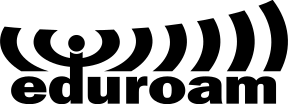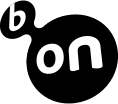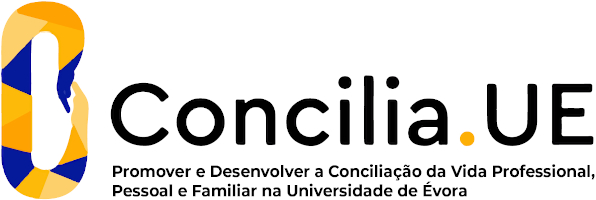2024
Medicines and Medical Devices Risk Management
Name: Medicines and Medical Devices Risk Management
Code: CMS14608O
3 ECTS
Duration: 15 weeks/78 hours
Scientific Area:
Ciências Farmacêuticas
Teaching languages: Portuguese
Languages of tutoring support: Portuguese, English
Regime de Frequência: E-learning
Presentation
The Medicines and Medical Devices Risk Management CU aims to make known the risk management systems associated with both medicines (pharmacovigilance) and medical devices (material surveillance).
Sustainable Development Goals
Learning Goals
1. To understand the importance of pharmacovigilance and materiovigilance as fundamental elements of medicines and medical devices risk management and patient safety.
2. To know the European and National surveillance systems.
3. To know and understand surveillance methodologies.
4. To know and evaluate the risk minimization measures.
5. To identify, process and evaluate suspected adverse drug reactions.
6. To identify, process and evaluate suspected security issues related to medical devices.
7. To identify and assess the main key points related to the medicines and/or medical devices use, within the scope of patient safety.
2. To know the European and National surveillance systems.
3. To know and understand surveillance methodologies.
4. To know and evaluate the risk minimization measures.
5. To identify, process and evaluate suspected adverse drug reactions.
6. To identify, process and evaluate suspected security issues related to medical devices.
7. To identify and assess the main key points related to the medicines and/or medical devices use, within the scope of patient safety.
Contents
1. Concepts of risk management, assessment, and communication.
2. Quality management systems.
3. Pharmacovigilance:
a. The National Pharmacovigilance System.
b. National and international entities.
c. Regulatory aspects.
d. Passive (routine) and active (systematic).
e. Medicines safety assessment, periodic reporting, and arbitration procedures.
f. Risk management plans and measures.
g. Post-marketing studies (PASS and PAES).
h. Information sources.
i. Disclosure and communication.
4. Materiovigilance:
a. The. National Medical Device Surveillance System.
b. National and international entities.
c. Regulatory aspects.
d. Incident notification.
e. Medical devices safety assessment, periodic reporting, and arbitration procedures.
f. Post-marketing clinical follow-up requirements.
g. Post-marketing studies.
h. Information sources.
i. Disclosure and communication.
5. Patient safety: medication in the transition of care; in polymedication; and in risky situations.
2. Quality management systems.
3. Pharmacovigilance:
a. The National Pharmacovigilance System.
b. National and international entities.
c. Regulatory aspects.
d. Passive (routine) and active (systematic).
e. Medicines safety assessment, periodic reporting, and arbitration procedures.
f. Risk management plans and measures.
g. Post-marketing studies (PASS and PAES).
h. Information sources.
i. Disclosure and communication.
4. Materiovigilance:
a. The. National Medical Device Surveillance System.
b. National and international entities.
c. Regulatory aspects.
d. Incident notification.
e. Medical devices safety assessment, periodic reporting, and arbitration procedures.
f. Post-marketing clinical follow-up requirements.
g. Post-marketing studies.
h. Information sources.
i. Disclosure and communication.
5. Patient safety: medication in the transition of care; in polymedication; and in risky situations.
Teaching Methods
Classes take place in face-to-face sessions (9h): divided into three classes inaugural, workshop and evaluation; the rest (21h) being carried out remotely. The teaching methodology will be centered on dynamic learning based on the presentation of fundamental concepts, followed by theoretical-practical sessions of work discussion involving: a) discussion and critical analysis of scientific articles; b) simulation of practical cases. The features of Moodle, videos and other synchronous and asynchronous methodologies considered adequate to the pedagogical objectives of the curricular unit will be used.
Assessment
The final assessment results from the continuous assessment of the cases developed/presented/discussed throughout the course (40%) and a final work (60%).
Teaching Staff
- Ana Margarida Molhinho Advinha [responsible]
- Paula Maria Broeiro Gonçalves





















